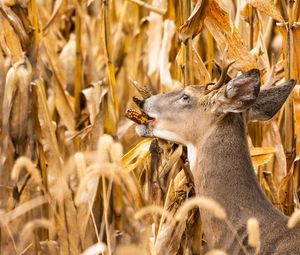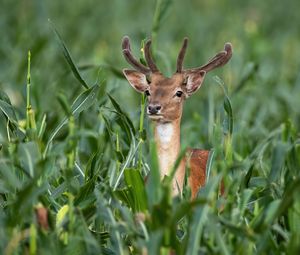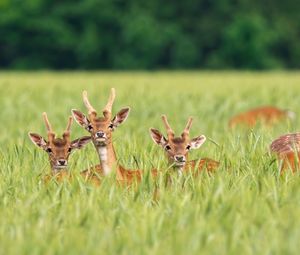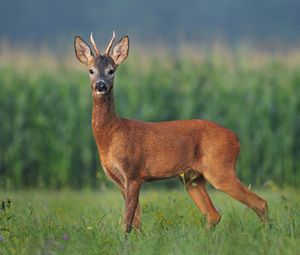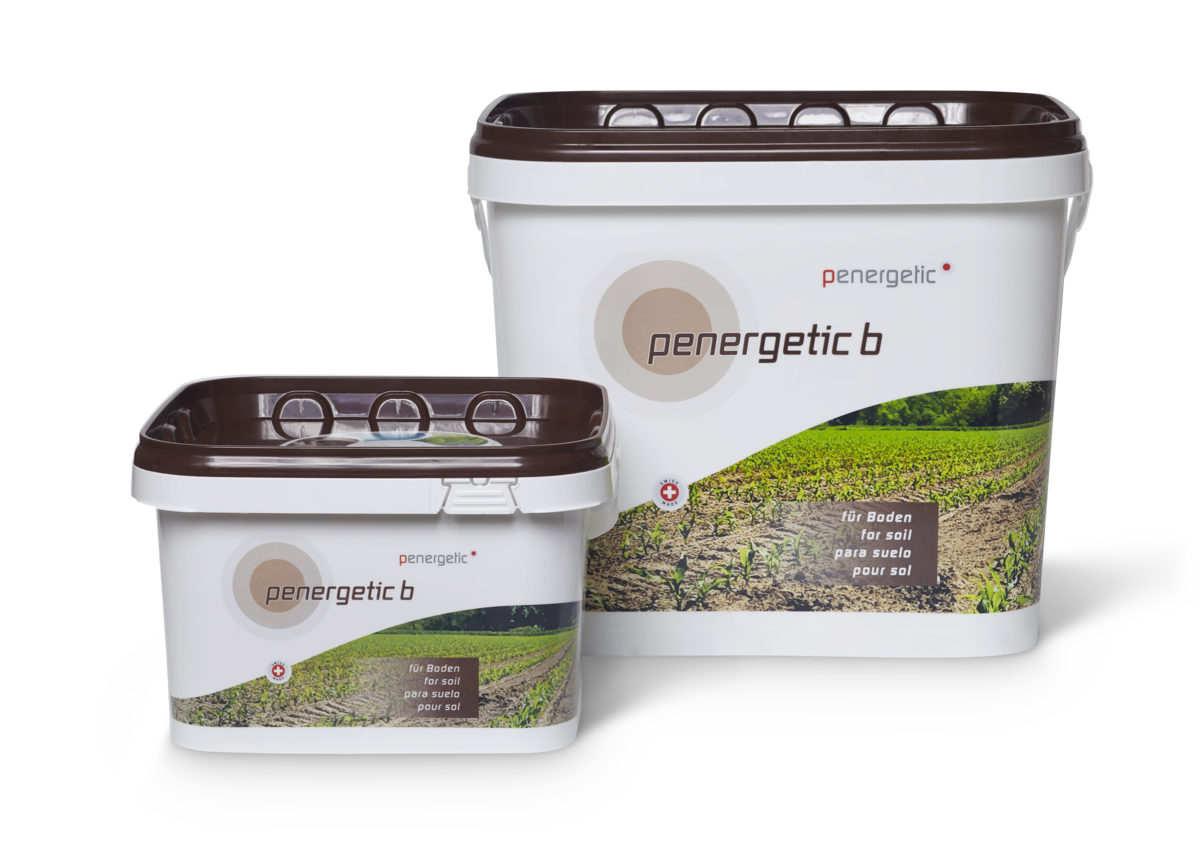Deer and the damage they cause to agriculture
Deer, members of the Cervidae family, can be found all over the world at an increasing rate. The rising population growth rate and overabundance of the mammal in some parts of the world have created significant challenges in terms of their interaction with humans, the transmission of diseases and the damage to agriculture provoked by deer.
Deer populations
With regards to the distribution of deer around the world, it is currently estimated that there are over 25 million deer in the US (predominantly white-tailed deer), 200.000 red deer in Germany, 40.000 red deer in Switzerland and 49.000 red deer in Italy (as of 2004). Overall, a clear increasing tendency could be observed over the past decades, with the population size of the dominant species in Europe, the red deer, increasing from 1,1 million to 1,7 million in the years spanning from 1984 to the early 2000s. The population density, as well as the increase in population sizes, from the years 1984 (left) and early 2005 (right) is illustrated in the following graphic:
Regions with different red deer population changes in the period of 1984–2005, Source: "Red deer population and harvest changes in Europe" by Lina Burbaitė and Sándor Csányi, 01-2010, Acta Zoologica Lituanica 20(4):179-188 DOI:10.2478/v10043-010-0038-
Fact is that the population is constantly growing and so are the damage caused by deer
Following the trends of the last decades it can be expected that the population growth rate will further increase in the coming years and there is, as of yet, no evidence of declining population rates.
Deer diet and threatened crops
Given their anatomical characteristics, deer are specialized herbivores, thus primarily feeding on young grasses, herbs, lichens, foliage, buds, aquatic plants, woody shoots, fruit and natural ensilage.
Agricultural crops are part of the deer's diet
Given the fact that deer are herbivores, they commonly satisfy their nutritional needs by consuming agricultural crops. Thus, damage by deer to agricultural fields and natural sites arises through browsing (eg. cereal, corn, grass, soybean, grains, vegetables) and bark stripping of fruit trees, as well as trampling. The feeding behavior does not merely imply immediate losses, due to reduced yield and replanting costs, but also residual damage, such as future yield reduction or permanent disfigurement of plants and trees.
How penergetic can help with deer damage
Penergetic b WV can effectively prevent game/wildlife from causing major damage to farmland, even in fields near forests or exposed areas, e.g. wetlands, ravines and mud holes. It represents a new approach to wildlife management and an attractive alternative means of reducing the economic disruption deer (and other problem wildlife such as wild boar) can cause to agriculture.
The product acts as a deterrent – like a “virtual fence or barrier” – discouraging unwanted wildlife from causing damage to a field where the product has been applied.
Mode of Action penergetic b WV
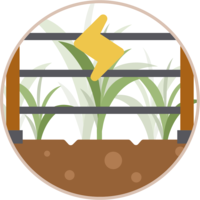
Penergetic b WV use eliminates the need for expensive fencing, including electrification.
Some of the most threatened crop varieties when it comes to wild boar and deer are soybeans, cotton, peanuts, rapeseeds, corn, sugar beet, strawberries and pastures. With penergetic b WV, cost linked to wild boar damage, can be reduced.
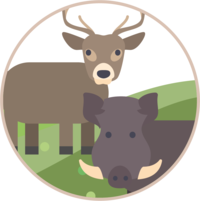
Besides burrowing in fields and pasture, wild pigs damage crops, fields and pastures by rooting up planted seeds, eating young seedlings and trampling established crops. Deer like to feed on young plants, which causes extra costs such as more seed, equipment time, and human resources.
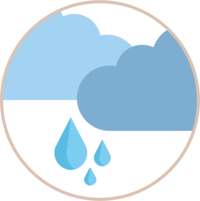
Penergetic b WV can be used on both pasture and cropland and can remain effective even after precipitation. For optimum results, contact your local Penergetic distributor.

The product is easy to use, spray applied, odorless and non-toxic.
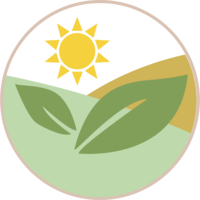
Penergetic b WV is a natural product that is harmless for humans and animals. Its stimulus makes the animals feel uncomfortable but doesn't harm them.




